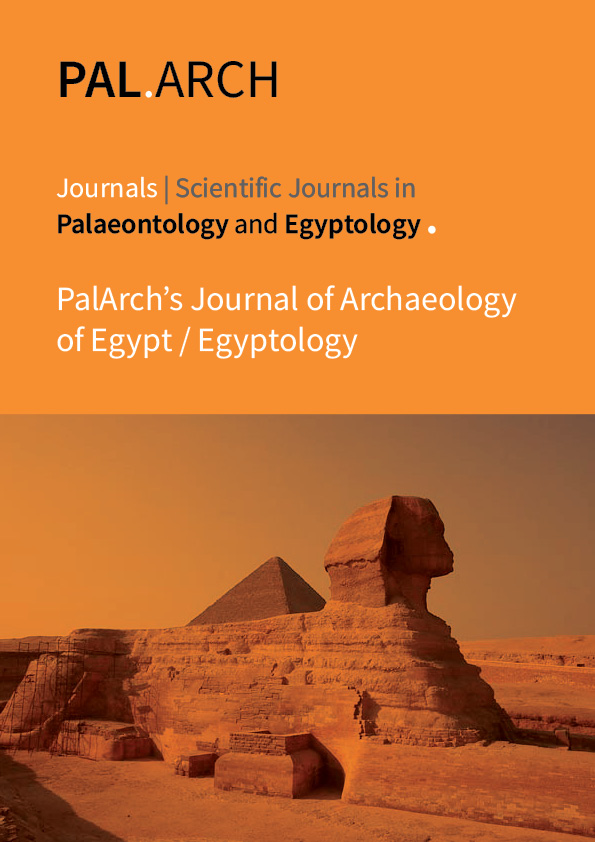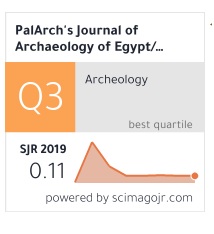PHYSICAL PLANNING FOR TRANSPORTATION IN SMART CITIES FOR ACHIEVING SUSTAINABLE DEVELOPMENT STRATEGY
Abstract
Intelligent Transportation Systems (ITS) are ingrained in our daily lives and represent the transportation industry's future. They enable us to address some of our society's most pressing issues, such as traffic safety and pollution reduction. Transport in the future will be routed autonomously. It will not contribute to pollution in the atmosphere and will provide drivers with more comfort. There is also an infrastructure component. Vehicles and infrastructure will communicate data to reduce gridlock, improve the flexibility of crossings, and prevent accidents. There are multiple types of computer networks that provide communication between the many components of an ITS, such as information and communication technology embedded in cars and transportation infrastructure. These technologies will transform how we travel today. These programs let you share and gather essential information between vehicles and between infrastructure and vehicles to assist drivers in traveling safely and comfortably. This work aims to offer the result in real time and with a high degree of reliability for vehicle networks.



